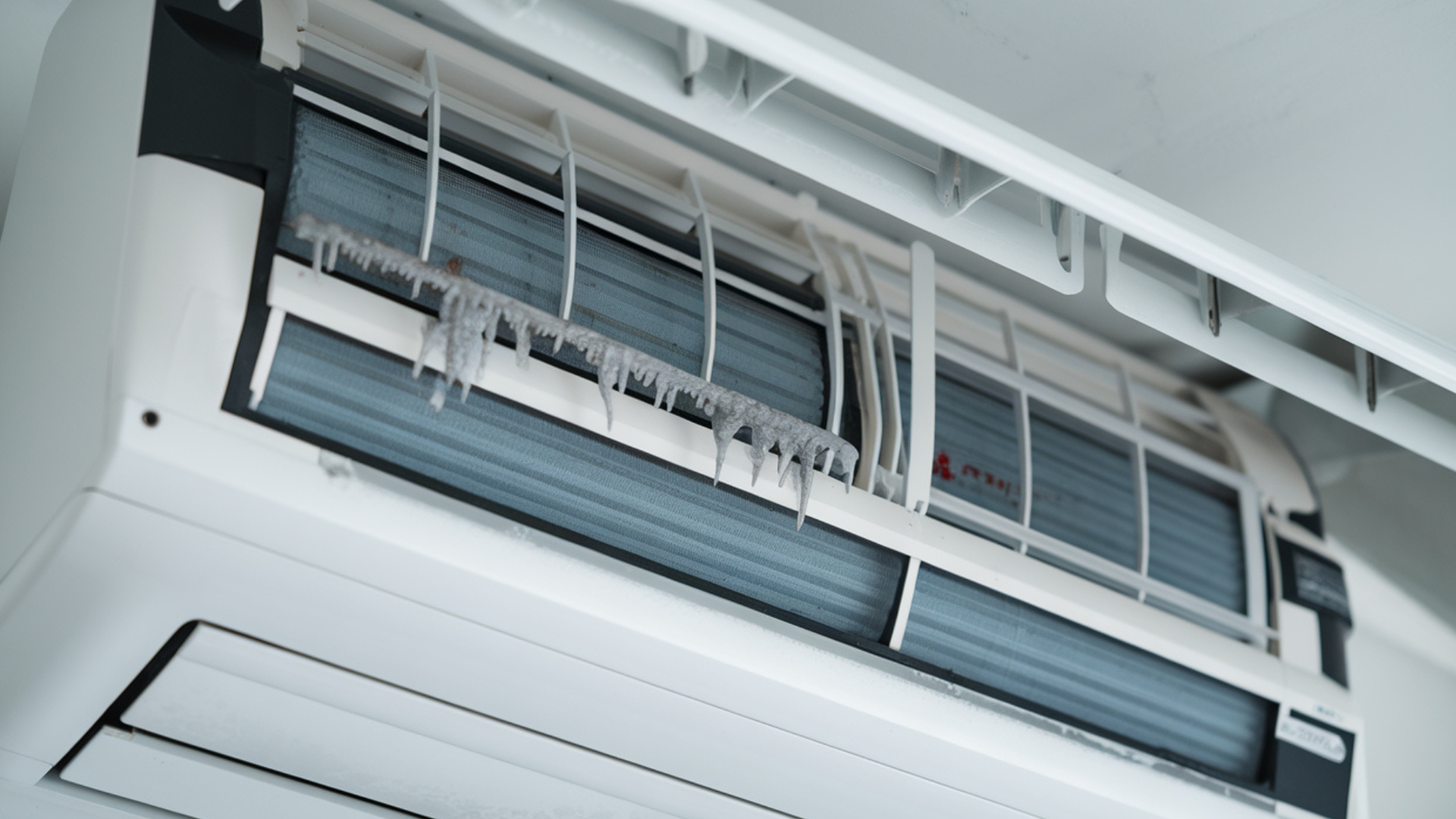There’s nothing worse than dealing with a frozen air conditioner.
I know because I’ve been there. I was sweating bullets in the middle of a hot summer day, and when I went to check my AC, it was freezing up. Not the temperature I was hoping for, to say the least.
If you’ve found yourself in this situation too, you’re probably wondering how to fix it quickly and without calling a repair person. The good news is, unfreezing your air conditioner is simpler than you might think.
In this blog, I’ll walk you through a straightforward, step-by-step process to unfreeze your AC.
If you’re dealing with an ice buildup inside or just a unit that’s not blowing cold air anymore, I’ve got you covered. You’ll learn exactly what to do, and by the end, you’ll feel confident enough to handle it yourself.
What to Do When Your AC Unit Freezes Up
Before you start panicking or trying to fix everything all at once, take a deep breath. Frozen air conditioners are a common issue, and with the right steps, you can resolve the problem on your own.
The first thing to understand is why your air conditioner freezes up. Typically, it happens because the refrigerant inside the AC unit gets too cold.
When this happens, ice forms around the evaporator coils, which can prevent your system from working properly.
So, this is how to fix it. Follow these steps in the order I’m about to lay out, and you should be able to unfreeze your air conditioner in no time.
Simple Steps to Fix a Freezing AC
If your air conditioner is freezing up, follow these easy steps to unfreeze it and restore its normal function.
Step 1: Turn Off the Thermostat
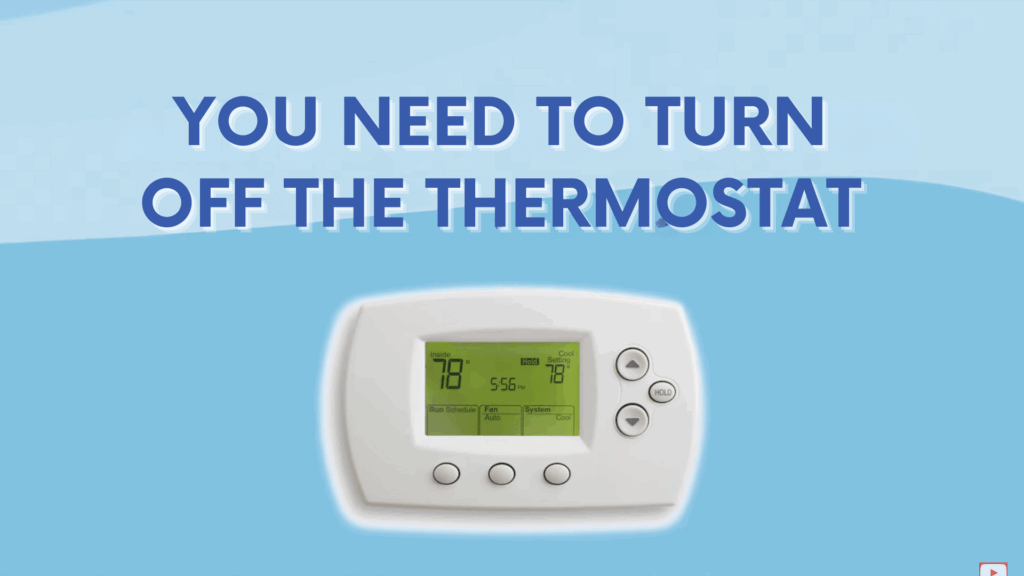
Your first move should be to turn off the thermostat.
Why? The refrigerant temperature dropped too low, causing the ice to form. By turning off the thermostat, you stop your AC from trying to cool down more, which could prevent further damage to the unit’s compressor.
The compressor is the heart of your air conditioner, and replacing it can cost hundreds of dollars. So, turning off the thermostat right away is crucial.
Step 2: Turn On the Fan

Even though you’ve turned off the thermostat, you still need to run the fan. This helps to circulate air and aids in defrosting the ice.
Leave the fan running for at least four to seven hours. I know this sounds like a long time, but it’s important for the ice to thaw completely.
Some ACs may take longer to defrost, depending on how cold the unit is. In my case, it took a bit over an hour, but that was mostly luck.
Most situations should take anywhere from four to eight hours. So, be patient! It’s a waiting game.
Step 3: Check for Water
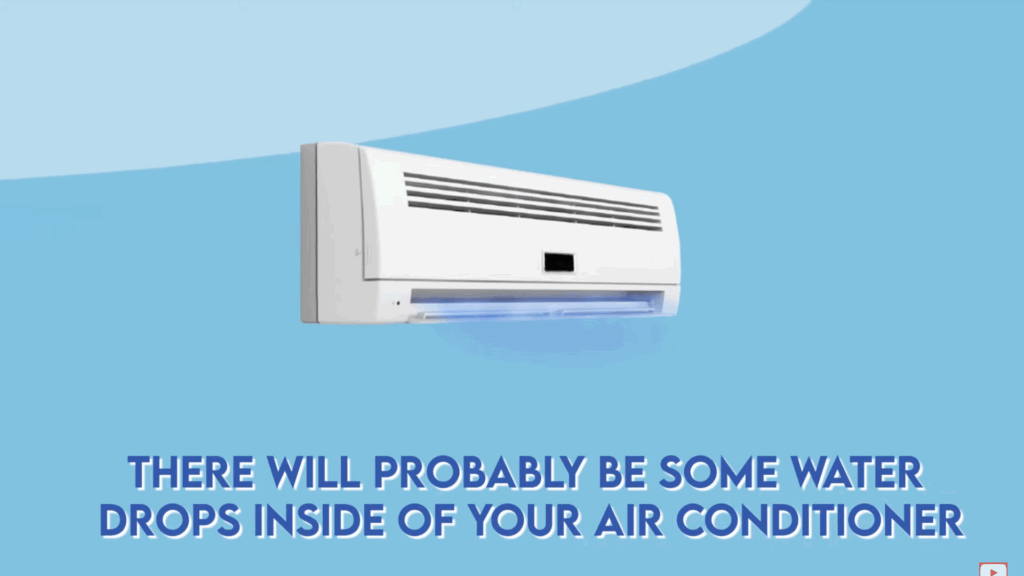
Once you’ve given it enough time, it’s time to check the unit for any melted ice.
If the ice has thawed, there will probably be some water inside the air conditioner. Grab a clean towel and carefully wipe up any water around the evaporator coils and the base of the unit.
It’s important to make sure there are no lingering water droplets. Water left inside could lead to further issues, such as clogged drains, so take the time to check everything thoroughly.
Step 4: Turn the Thermostat Back On
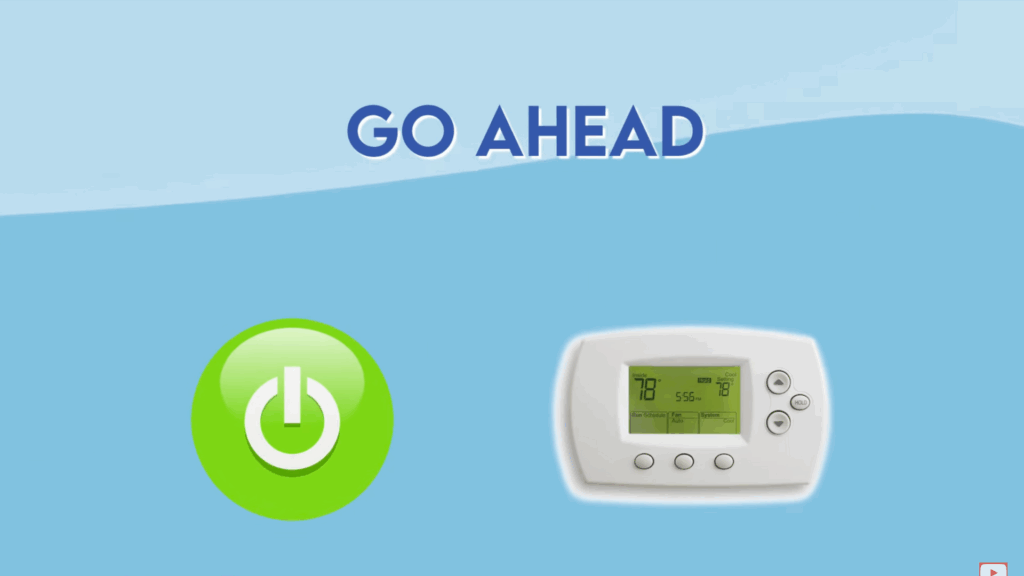
After the ice has melted and you’ve wiped away any water, go ahead and turn the thermostat back on. Set it to the “cool” setting and see if the air is colder than it was before.
If it is, congrats! You’ve successfully defrosted your air conditioner. However, if the air still isn’t cool, it might be time to call in a professional to inspect the unit for deeper issues.
A massive thanks to @HomeCaprice YT for helping us put together this guide. You can refer to their video from here:
A Quick Warning
In some cases, the defrosting process can take up to 24 hours. This depends on the amount of ice buildup and the fan’s efficiency.
So, if you find yourself waiting a bit longer than expected, don’t worry. It’s all part of the process.
It’s also important to keep an eye on things because too much ice melting at once can lead to an overflow in the drain pan.
This could make a mess in your home, so I recommend placing towels around the drain pan to absorb any water.
What to Do When Your AC Unit Freezes Up Inside
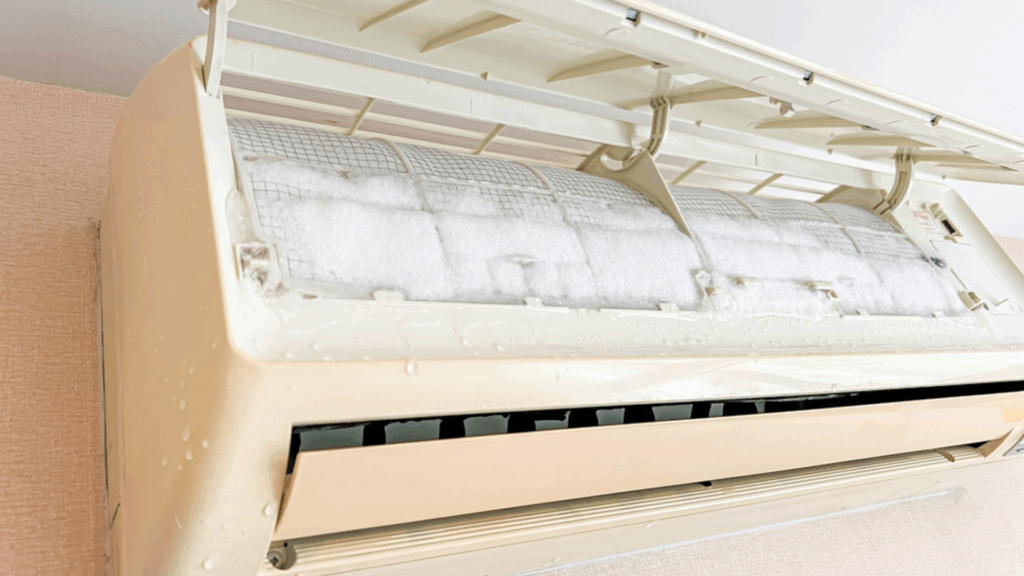
If ice builds up inside your AC unit, be extra careful. Frozen coils can cause the drain pan to overflow or block the condensate drain, leading to bigger issues. This is how to handle frozen AC units inside:
Avoid Overflowing the Drain Pan
One of the most common problems during this process is the overflow of the drain pan. As the ice melts, water collects in the pan. If the pan is too full, it can spill over, making a mess in your home.
To prevent this, place some towels around the pan. This will help catch any excess water before it spreads throughout your space.
Prevent Clogged Condensate Drains
Clogged condensate drains can be a nightmare to fix. If the drain pan overflows, water can get into the drain system, causing it to clog.
So, make sure that the drain is clear and that no excess water is collecting in places it shouldn’t. You don’t want to deal with a clogged condensate drain, trust me!
How to Prevent Your AC From Freezing Up Again
Once your AC is up and running again, you’ll want to make sure it doesn’t freeze up in the future. These are a few simple steps you can take to prevent that from happening:
1. Dry the Coils After Defrosting
Once the ice has melted, dry off the coils and any other parts of the unit that may have gotten wet. This helps to prevent new ice from forming and ensures the system runs smoothly.
2. Check Your Filters Regularly
Dirty filters are one of the leading causes of frozen air conditioners. When the filters are clogged with dust and dirt, it’s harder for the air to flow freely, which can cause ice to form.
To prevent this, take out the filter regularly and inspect it for any signs of damage or clogging. Cleaning it or replacing it will help maintain the airflow and improve your AC’s efficiency.
If you’re unsure how to clean your filter, check out articles or guides that explain how to do it without removing the entire unit.
3. Keep Your Air Vents Clear
Blocked air vents can cause issues with your AC’s performance. Sometimes, furniture or other objects can block the airflow, leading to higher pressure inside the system.
This not only reduces efficiency but can also lead to ice buildup. Make sure all vents are open and clear to ensure proper air circulation throughout your home.
Conclusion
Now that you’ve got a step-by-step guide for unfreezing your air conditioner, you should feel ready to tackle the problem on your own.
If you’re dealing with an ice buildup inside your unit or just a frozen system, these simple steps can help you get your AC back up and running.
If your air conditioner continues to give you trouble after following these steps, it may be time to call in a professional to take a closer look. But don’t worry, with the knowledge you now have, you can confidently make that decision.
Just remember: Taking the right steps to unfreeze your AC can prevent bigger, more expensive problems down the line.
Hopefully, this guide gave you the clarity and confidence you need to fix your frozen air conditioner. Now you know exactly what to do the next time this happens!
Frequently Asked Questions
How do I know if my AC is frozen?
Signs of a frozen AC include warm air blowing, ice buildup on coils, water leaking, and reduced cooling efficiency.
Can I continue using my AC while it’s frozen?
No, running a frozen AC can damage parts like the compressor. Always turn it off immediately.
When should I call a professional for help?
Call a professional if the AC isn’t working after following the steps, or if you notice issues like leaks or electrical problems.

